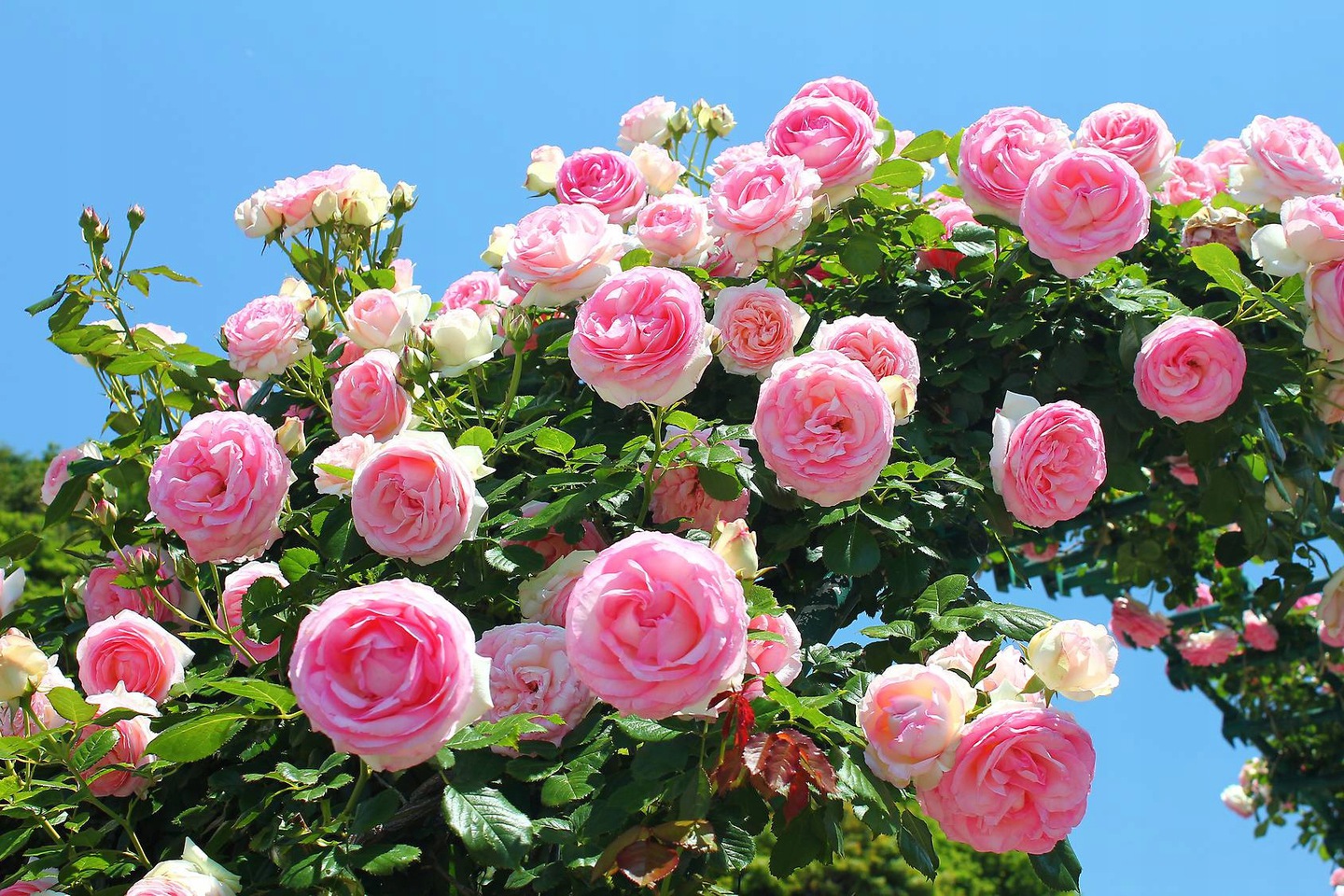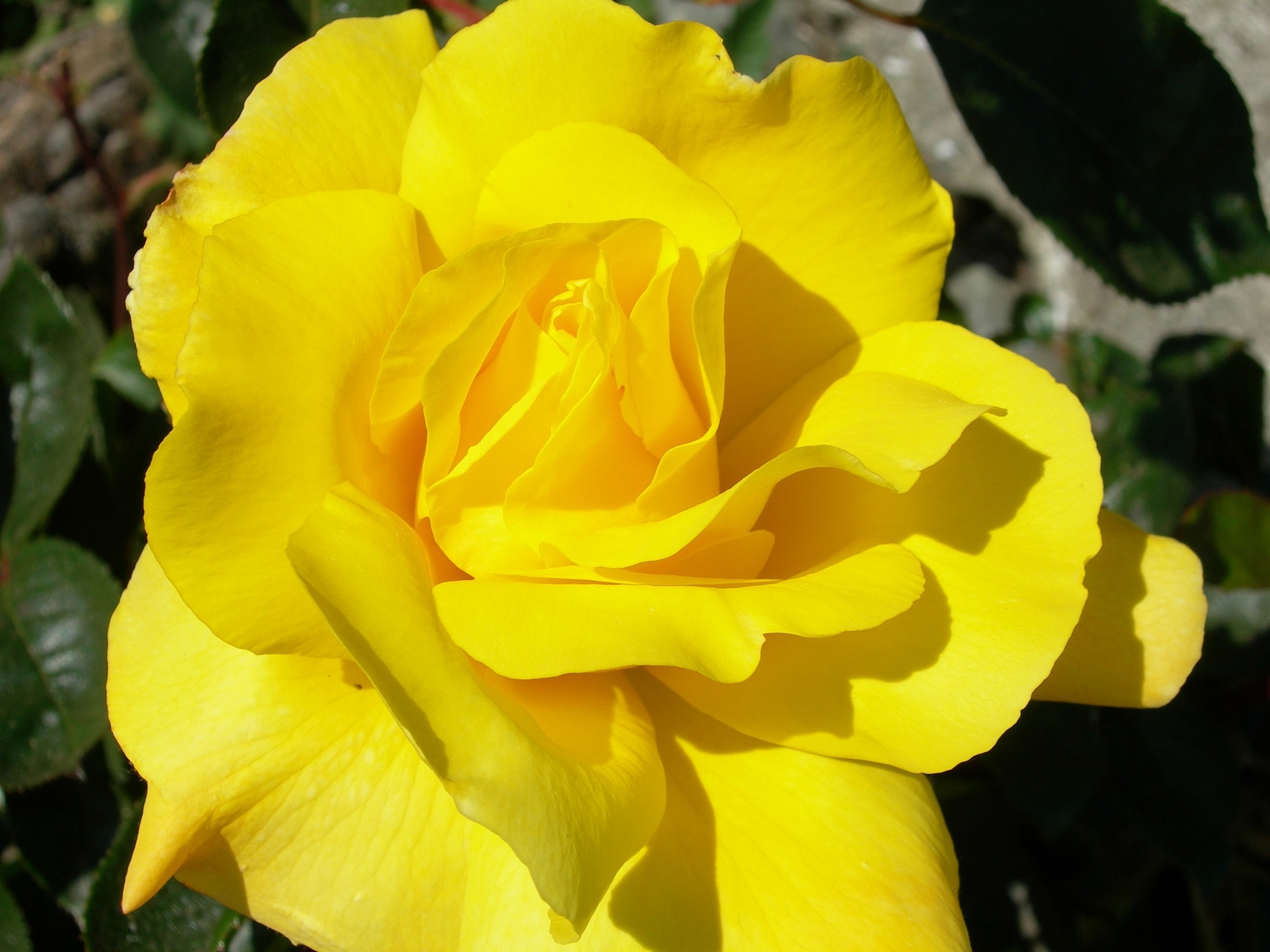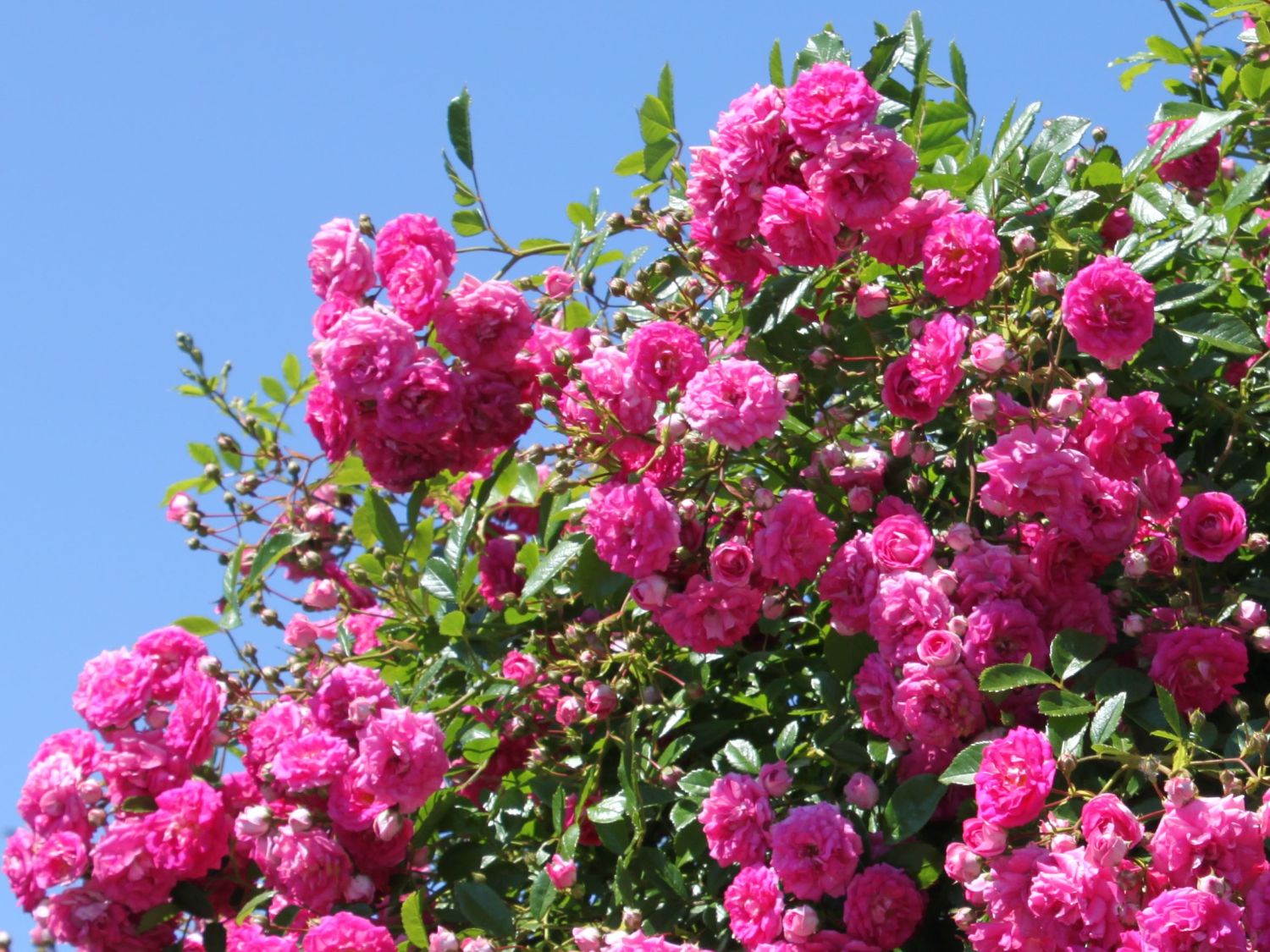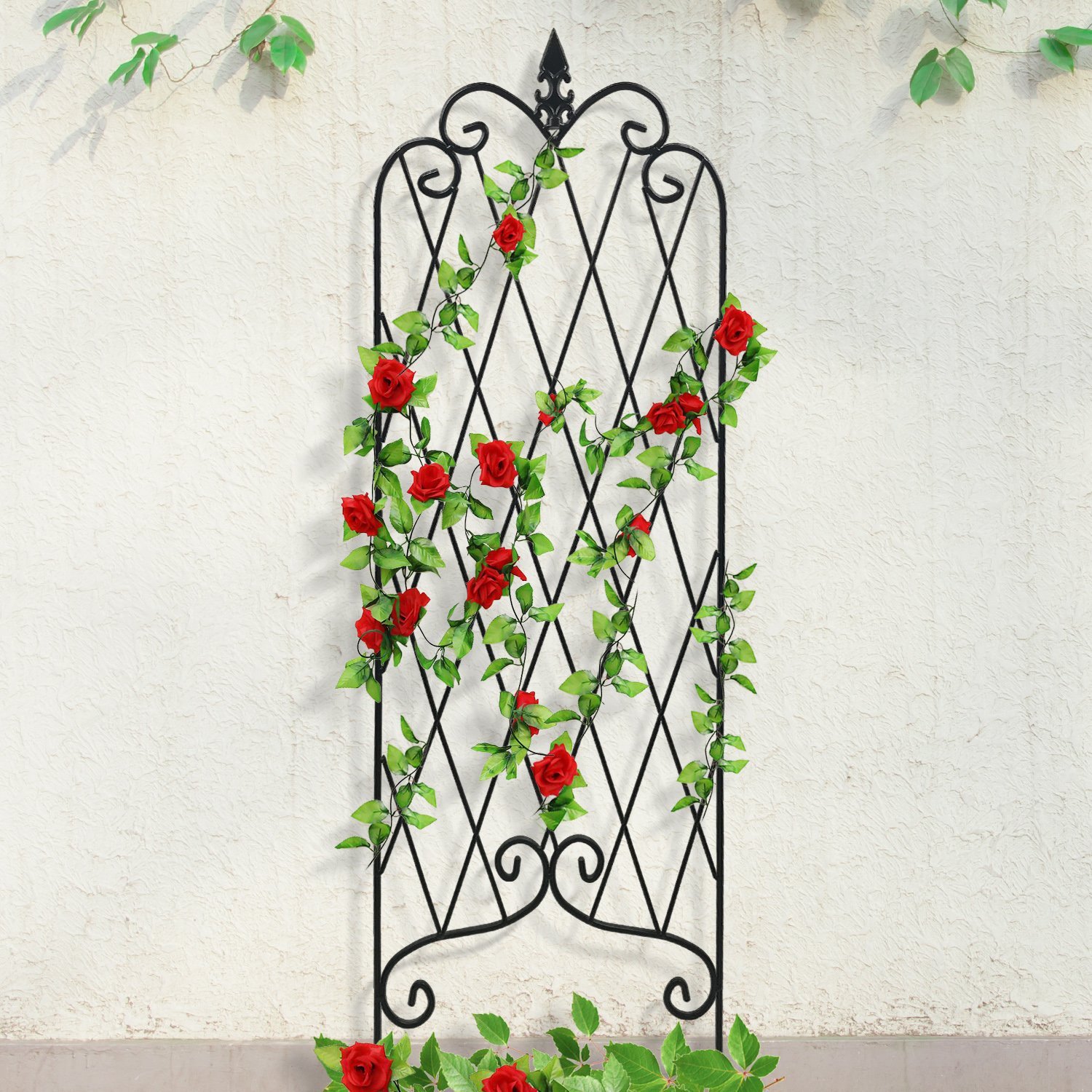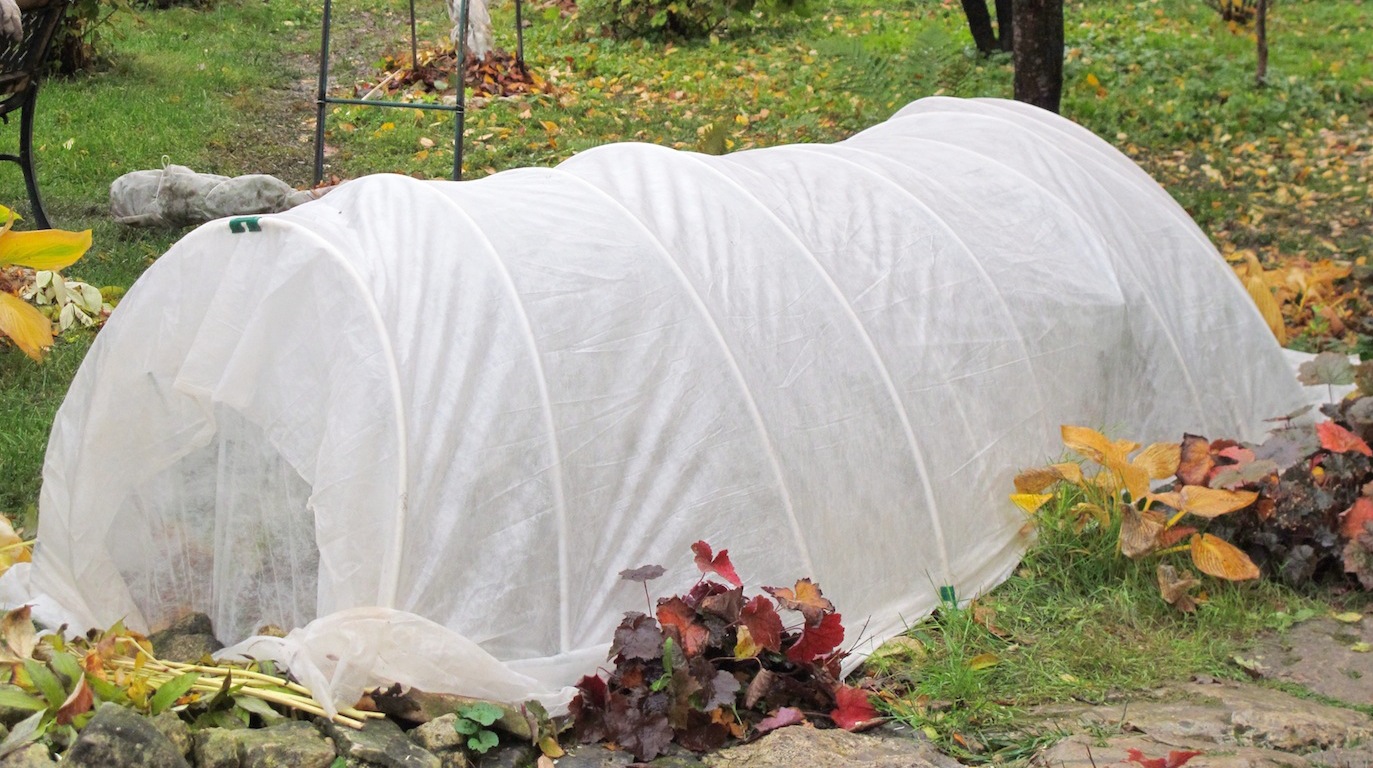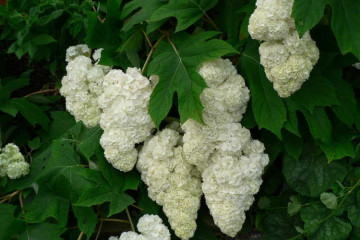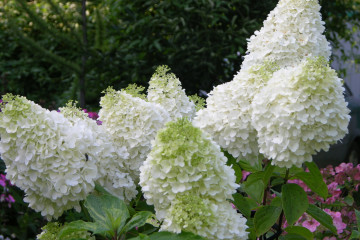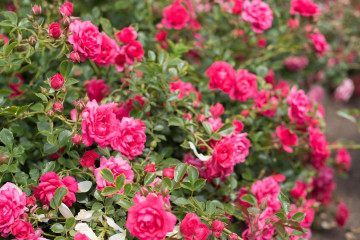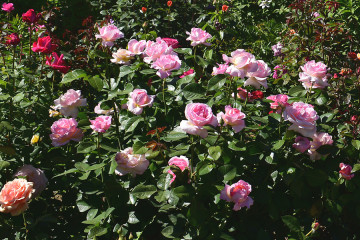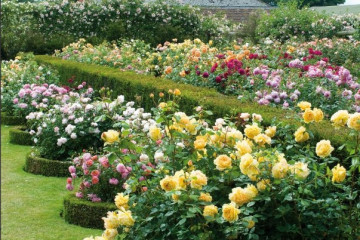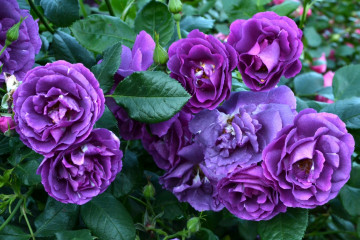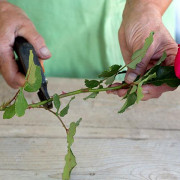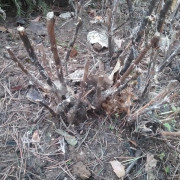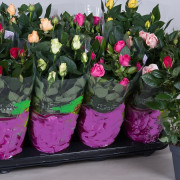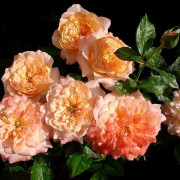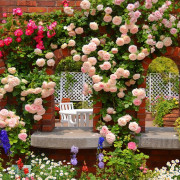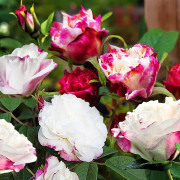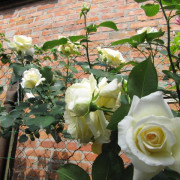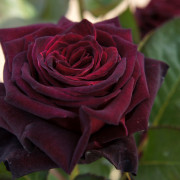Curly roses blooming all summer - winter hardy varieties
Content:
Climbing roses decorate the landscape picturesquely. The flower bush gives expression to the home garden. Curly lashes can mask design defects. Unpretentious frost-resistant varieties can be grown even in the cold regions of the country.
Constant flowering roses
Lush, fragrant roses are a welcome dweller in gardens. Flowering throughout the summer season is typical for a special varietal group. Curly roses blooming all summer - winter-hardy varieties were bred by professional breeders.
Winter-hardy climbing roses
The Russian climate is very changeable. Not every varietal variety of roses blooms all summer. For the garden, you need to pick up a frost-resistant specimen. Climbing roses require regular grooming. Following the rules of cultivation agrotechnology will prolong the flowering of rose bushes.
The most popular winter-hardy climbing rose varieties:
- Iceberg is a curly snow-white rose. It is considered one of the best varieties. Luxurious buds are able to braid the walls, giving them a picturesque look. The variety is unpretentious. It blooms magnificently in waves. Often Iceberg is grown for the decoration of a hedge.
- Rumba is an original option that is suitable for the design of low supports. Shoots often grow up to 3 meters in length. The flowers are pink-golden. Very winter hardy variety.
- Metanoya has an unusual color. Salmon orange buds are large in size. Like the Canadian variety Modern Blush, Metanoia does not withstand temperatures below -15 ° C. In the southern regions, lashes bloom more abundantly. The middle zone of Russia is also suitable for growing. A prerequisite is the presence of a shelter.
- Jardine looks like a peony. The shade of the flowers is pink. The aroma is fruity. There are no thorns. Fast-growing shrub, continuous flowering.
Semi-leafy varieties
Many semi-leafy varietal varieties have medium cold resistance. Thinking about which specimen is better to plant in the garden, it is necessary to read on the packaging a description of the degree of frost resistance of roses.
The most famous semi-climbing roses:
- Kimonos are orange-tone roses with a continuous flowering regime. Their smell is completely absent. The variety has a good indicator of winter hardiness. The bush is tall, suitable for decorating garden buildings.
- Berlin - has elongated pointed buds. The aroma is fragrant, poorly expressed. The leaves are dark green, leathery. The structure of the petals is dense. One flower lives for about two weeks. The first blooming of roses of this variety begins at the end of May.
- Orfeo - this variety is the most preferred among domestic rose growers. The diameter of his flowers is from 10 cm. Flowers have a pronounced, juicy aroma of spices. There are a lot of lush buds on the branches. The variety has good frost resistance.
- Golden Showers is a yellow-flowered shrub with a variety of species. Lemon-creamy terry buds to the touch. The plant requires careful maintenance. Planting should be protected from dampness and drafts.
Numerous experiments of domestic rose growers made it possible to identify the most unpretentious varieties of climbing shrubs. The best ever blooming climbing roses for colder regions are:
- Flammentanz;
- Bobbie Jame;
- Laguna.
Flammentanz
Ground cover shrub. Has massive shoots. The shade of double flowers is dark crimson. The diameter of the rose is 8 cm. The delicate aroma is poorly expressed. An annual variety that withstands frost well.
Bobbie jame
A vigorous bush. Plant height reaches 8 m. Bright green leaves. Abundant flowering. The diameter of the white-cream rose is 5 cm. The scent is intense, musky. The planting of the variety should be carried out in a free area. The whips are fixed on stable supports. The most common crop disease is powdery mildew.
Laguna
A fragrant perennial climbing rose. Shrub three meters high. Double dark pink flowers about 10 cm in diameter. Two flowering periods. The plant is not affected by black spot.
Small-flowered varieties
There are much fewer types of climbing shrubs with small flowers:
- Snow Goose - has more than twenty roses on one brush. It has dark foliage, almost no thorns. Continuous flowering is distinguished by solemn splendor. No complicated care required.
- Rambling Rector is an old variety that grows up to five meters in height. Its pale green foliage is very aesthetic. On one brush there are four dozen semi-double roses. After burnout, the creamy tone becomes snow-white. The variety has good disease resistance. Shoots are easily cuttings. The bush is frost-resistant.
The most popular among domestic rose growers are two varietal varieties. It:
- Super Excelsa;
- Super Dorothy.
Super Excelsa
This culture has bright double flowers of a fuchsia shade. The diameter of one rose is five centimeters. The height of the stem is about 4 meters. The variety tolerates temperature contrasts without harm.
Super dorothy
This varietal variety is characterized by high frost resistance. Roses are unpretentious. The time of their flowering falls on the last days of May. A three-meter shrub with bright green leaves is distinguished by very beautiful crimson roses.
Large-flowered varieties
A very pronounced aroma is the main distinguishing feature of the representatives of this type of constantly blooming climbing roses. The most famous large-flowered varieties:
- Golden Gate - has a lot of four-meter shoots with thorns. Flowers, velvety to the touch, have a yellow tint. One rose - 10 cm in diameter. The flowers have a pronounced aroma of exotic fruits. The disadvantage of the species is the susceptibility to disease.
- Indigoletta is an unusual climbing rose with blue buds. Beautiful roses are sometimes decorated with a lilac tint; they look extravagant against the background of marsh leaves. A three-meter bush must be closed. A tropical rose must be processed regularly - the plant is susceptible to fungal diseases.
- Golden Gate Sympathie - distinguished by luxurious bright red buds, varying in diameter. A wide bush of three meters in height. The variety is distinguished by accelerated growth, good ability to tolerate negative factors. The plant blooms profusely in the first year of life. The rest of the time, the number of buds decreases markedly.
- Elf - terry roses of snow-white color. The variety is characterized by a pronounced fruit smell. The shrub is of the medium-sized type. Ideal for decorating decorative items. Reacts negatively to heavy rainfall. Resistant to night cold and disease.
- Ilse Krohn Superior - withstands long-term rainfall, frost and insect damage. Roses large in diameter bloom for a long time. Milky buds, massive. The length of the stems is shortened. The lash grows a little over 2 meters. The plant looks magnificent and very picturesque.
- Casino is a yellow-flowered variety that blooms twice a year. The shrub can grow up to four meters in height. The shoots have large thorns and shiny dark green foliage. Roses are glass-shaped, lemon yellow in color. The variety is characterized by high resistance to many diseases, rainfall and cold.
Santana
Bright red roses are not subject to fading. Large semi-double flowers with a diameter of more than ten centimeters in size are similar to the Harlequin. The bush grows up to three meters. The variety is unpretentious. The flowering period is long. Varietal rose begins to bloom in early June.
Polka
Very large flowers with a diameter of more than 15 cm. Roses have an apricot hue. The shrub is low - about 2 m. It blooms three times in one season. Differs in resistance to many diseases. The aroma of the buds is very subtle. Before the start of frost, the bush must be covered.
Planting and leaving
Continuous flowering roses are best planted in southern areas. A large amount of sunlight will ensure the accelerated development of young shoots. Blooming next season will be more magnificent.
Such crops should be planted no less than ½ meter from ornamental plantings. It is best to plant climbing roses in spring. Autumn planting excludes the possibility of plant adaptation.
Step-by-step landing algorithm:
- Dig a hole 50x50 cm in size.
- Fill the pit halfway with water.
- Plant a seedling.
- Fill the planting hole with soil to the top.
- Tamp the earth.
To improve the quality of flowering, it is recommended to shorten the aerial part by 15 cm. Autumn planting is carried out no later than September. The roses will take root, but they will not have time to go into the growing stage.
Caring for ever-blooming roses includes:
- fertilization;
- frequent watering;
- timely pruning.
Pruning is done to create the desired bush shape. Watering frequency is once every week. Fertilizing roses is required with a mineral complex and organic matter.
How to prune climbing roses
Timely pruning has a positive effect on the growth rate of the crop. The shrub can be given any design look. Proper care is a prerequisite for the lush growth of new shoots.
All varieties of roses of continuous flowering need to be covered for the winter. When the spring frosts have passed, the shrubs are opened, the withered or frozen part of the plant is cut off. The most elongated seedlings should be spread on the ground to study replacement shoots. It can be attached to the trellis when the stems grow up to 70 cm.
A number of new shoots replace biennial ones. 2 branches of the first season are cut off and four - at the age of two years. Wave-flowering varieties are pruned in this way every five years.
Graft propagation
To increase the likelihood of successful breeding, cuttings should be used green. In this case, they will take root. It is necessary to prepare summer or winter sprouts. It is better to start this procedure in June.
The material is harvested from a fresh twig. There should be internodes on the handle. The cut is made from below, along an oblique line. The cleaned workpiece is placed in the prepared soil. The earth is mixed with ordinary sand.Disembarkation is made inside a centimeter recess. The seedling is watered with a Heteroauxin solution. The last step is to create the shading.
Leaving before winter starts
Despite the cold resistance of many varieties, long-flowering climbing roses must be closed before night temperatures drop. If you do not spread a layer that provides air circulation, the root system will die due to damping.
The preparation of continuously blooming roses should start before September. Watering, soil loosening, and fertilization are stopped. Upon reaching night temperatures of -4 ° C, the shrubs begin to cover.
Shelter preparation stages:
- Remove flowers and foliage from the plant.
- Remove damaged parts.
- Fasten the tied lashes with a special device.
- Create a shelter from planks.
Adhering to the agricultural technique of caring for a climbing rose blooming all summer long, you can grow a really gorgeous bush. A careful approach to choosing a variety and a thoughtful combination of shades with other plants will give the garden design a unique flavor.
